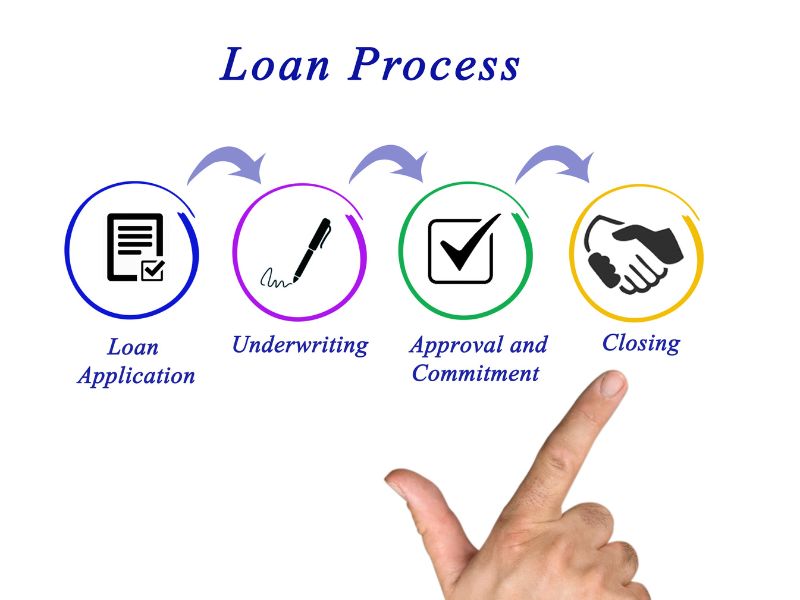Today, we’re digging into the world of construction loans and interpreting some tricky terms: “Flexibility” and the “Risk of Cost Overruns.” These terms may sound intimidating, but fear not! We will give you a better grasp of what they mean and how they impact your construction project.
Understanding “Flexibility” in Construction Loans
When lenders talk about “flexibility” in the context of construction loans, they’re referring to the ability to adapt to changes in your building plans or financial circumstances during the construction process. Flexibility can manifest in several ways:
Loan Terms: Unlike traditional mortgage loans, construction loans often offer more flexible terms. For example, some lenders may allow you to make interest-only payments during the construction phase, easing your financial burden until the project is complete.
Draw Schedules: Construction loans typically disburse funds in increments, known as “draws,” as construction milestones are reached. A flexible draw schedule allows you to access funds when you need them, based on the progress of your project.
Adjustable Rates: Depending on the type of construction loan you choose, you may have the option for a fixed or adjustable interest rate. While fixed rates provide stability, adjustable rates offer flexibility if interest rates decrease during the construction period.
Approval Process: Some lenders offer pre-approval for a certain loan amount, giving you the flexibility to shop for properties within your budget and make competitive offers.
In essence, flexibility in a construction loan empowers you to navigate unforeseen challenges and changes without derailing your project.
Understanding the “Risk of Cost Overruns”
Now, let’s discuss the concept of the “risk of cost overruns.” This term refers to the possibility that your construction project may exceed its budget due to unforeseen expenses or changes in construction plans. Cost overruns can occur for various reasons:
Unforeseen Challenges: Despite thorough planning, construction projects can encounter unexpected obstacles such as inclement weather, site complications, or delays in material delivery.
Design Changes: As your project progresses, you may decide to make alterations or upgrades to your original plans. While these changes enhance your home’s design, they can also increase construction costs.
Fluctuating Material Prices: The cost of building materials is subject to market fluctuations, which can impact your project’s budget if prices rise unexpectedly.
Labor Costs: Changes in labor rates or availability of skilled workers can also contribute to cost overruns.
To mitigate the risk of cost overruns, it’s essential to work closely with your contractor and establish a detailed budget that accounts for contingencies. Additionally, maintaining open communication with your lender throughout the construction process can help address any financial challenges that arise.
In conclusion, understanding construction loan terminology such as “flexibility” and the “risk of cost overruns” is crucial for navigating the complexities of building your dream home. By embracing flexibility and proactively managing potential risks, you can embark on your construction journey with confidence and peace of mind.
Remember, knowledge is your greatest asset when it comes to securing a successful construction loan and bringing your vision to life. Stay informed, stay proactive, and before you know it, you’ll be enjoying the fruits of your labor in the home of your dreams! Stay tuned for more insights and tips to empower your homeownership journey.






